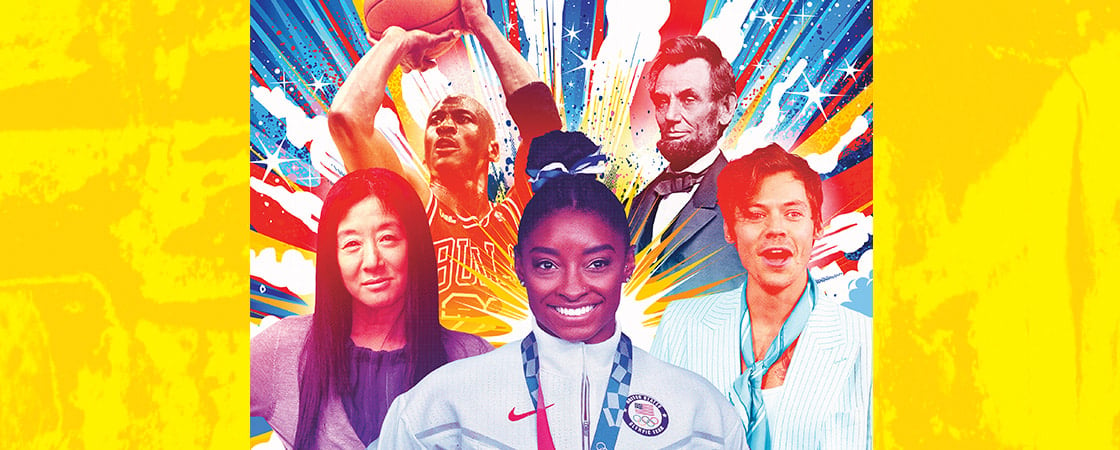Once upon a time, there was a boy in Wilmington, North Carolina, who dearly loved basketball. He had talent, but he wasn’t a star. In 10th grade, he didn’t make the varsity team. He was devastated.
But he didn’t give up. Day after grueling day, he kept shooting, dribbling, practicing.
The next year, he made varsity. Five years after that, he was playing in the NBA. Today he’s known as one of the greatest basketball players of all time.
His name?
Michael Jordan.
“I’ve failed over and over and over again in my life,” Jordan said in one of his many Nike commercials. “And that is why I succeed.”
It’s true. During his NBA career, Jordan missed more than 12,000 shots. He lost more than 300 games. His team looked to him more than two dozen times to make a game-winning basket . . . that he failed to make.
But wait. Isn’t it the people who never fail who rise to the top?
Nope. It may seem counterintuitive, but as Jordan learned, failure is a key part of being successful.
Once upon a time, there was a boy in Wilmington, North Carolina. He loved basketball. He had talent, but he wasn’t a star. In 10th grade, he didn’t make the varsity team. He was devastated.
But he didn’t give up. He kept shooting, dribbling, and practicing.
The next year, he made varsity. Five years later, he was playing in the NBA. Today he’s one of the greatest basketball players of all time.
His name?
Michael Jordan.
“I’ve failed over and over and over again in my life,” Jordan said. “And that is why I succeed.”
It’s true. In the NBA, Jordan missed more than 12,000 shots. He lost more than 300 games. And more than two dozen times, he failed to make a game-winning basket.
But wait. Don’t you rise to the top by not failing?
Nope. It may seem counterintuitive, but failure is a key part of being successful.



